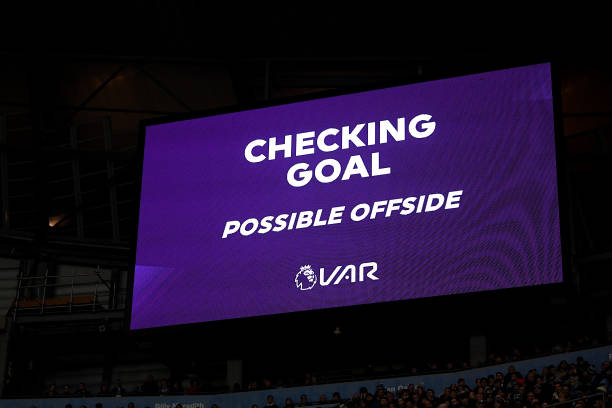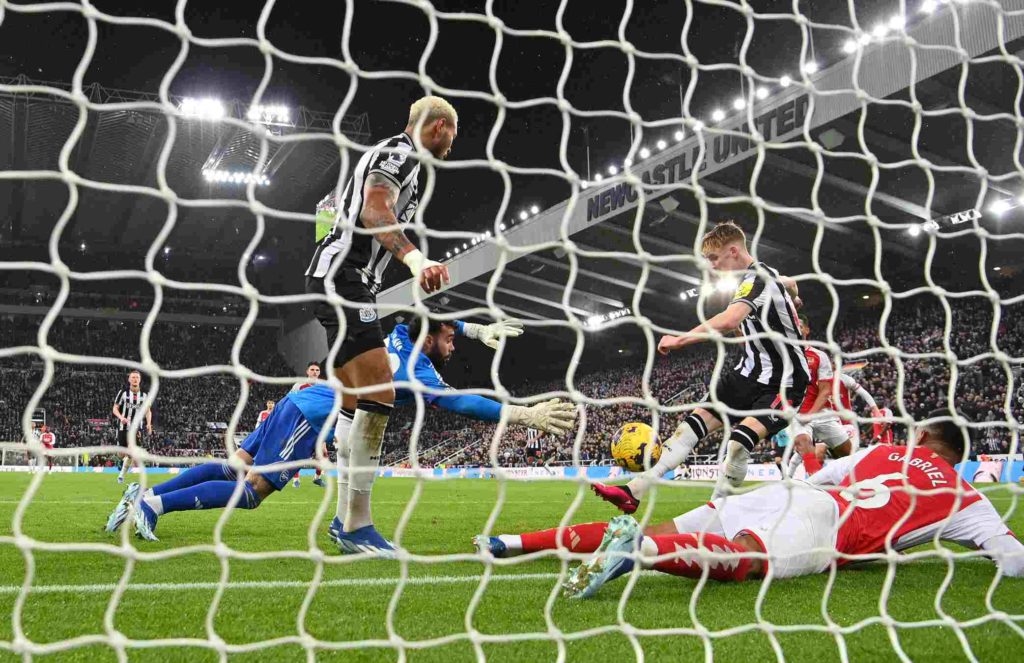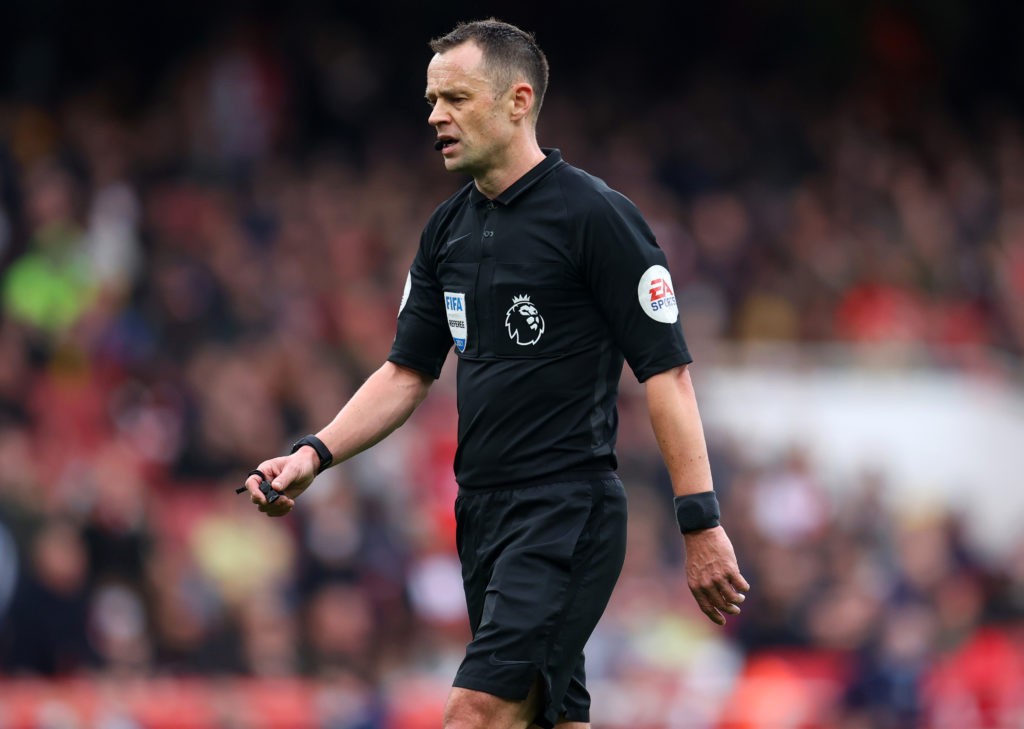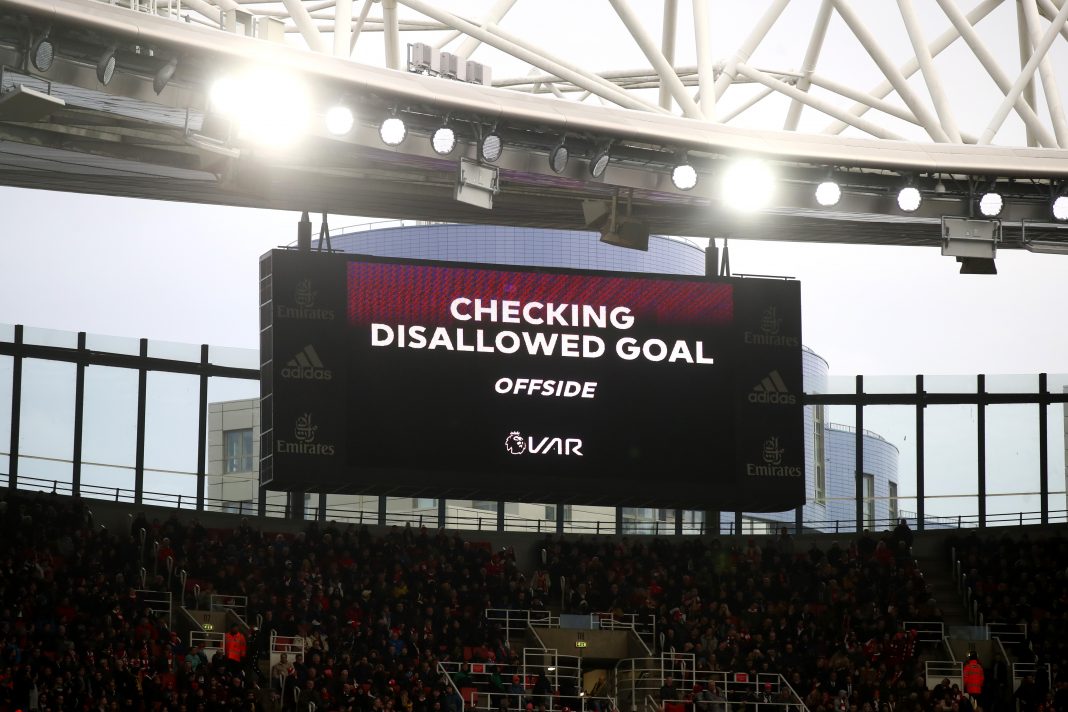Confidence is growing that semi-automated offsides will be introduced in the Premier League next season, following various failures of the current system this campaign.

Last month, The Telegraph reported that semi-automated offside technology could be in place for next season, following various errors and deficiencies on display with the current system.
Luis Diaz was incorrectly ruled offside in Liverpool’s match against Tottenham Hotspur earlier this season, disallowing a valid goal, and Newcastle United’s goal against Arsenal may have been incorrectly awarded.
The current system of manually drawing lines on frames didn’t work for Anthony Gordon’s goal against the Gunners, as there wasn’t one frame that showed both the ball and Gordon at the point of contact.

FIFA’s version of semi-automated offside technology would have solved that problem, with a sensor in the ball to detect the exact point of contact and additional cameras constantly tracking the relative positions of all the players.
We’ll never know whether or not Gordon was onside in that incident against Arsenal, and that’s exactly why the system needs to change.
The Premier League clubs previously voted against the technology, despite its successful introduction in the World Cup and the Champions League, but The Telegraph report that senior figures believe this season’s high-profile sagas will help to change that.
Confidence is now growing that the new technology will come in ahead of next season.

As well as providing a more accurate system with clearer graphics to show exactly why a player has been ruled offside, the new technology is also quicker, making offside calls in a matter of seconds.
There will be delays at times, as the system still has a manual component. The technology identifies offside players, but it can’t identify whether those players are active or not in the move.
That part will remain up to the VAR officials and the referee, hence the “semi-automated” moniker.
But when it comes to the simple matter of determining whether or not a player was standing offside when the ball was played, the new system is significantly ahead.

